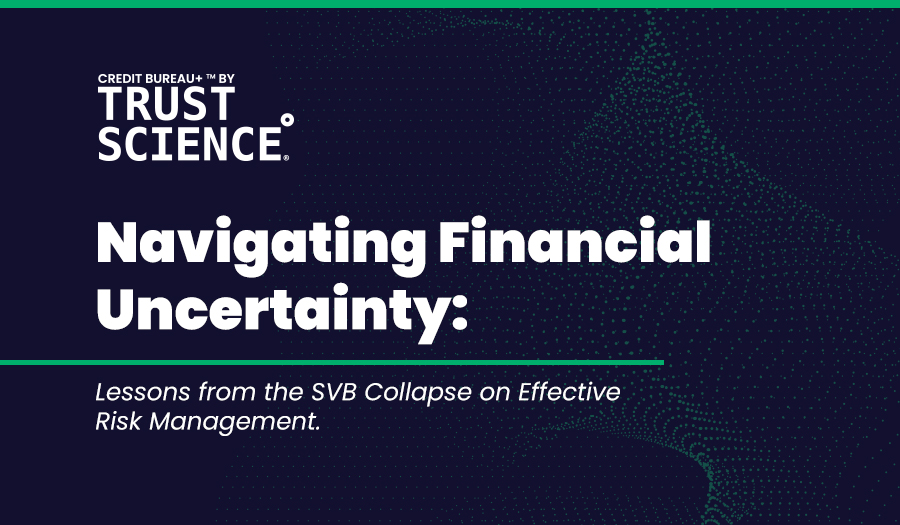Trust is, and always has been, at the core of the economy. We recognize factors like ability, benevolence, reputation, credibility and integrity as natural components of trustworthiness. However, in commerce, and particularly credit, the measurement of trust is much different.
Credit Scoring: How did we get here?
Credit has existed as long as human economies have. As Nik Milanovic points out1: “How do you give credit to a stranger or foreigner you don’t trust? Even for those you do trust, how do you guarantee they will pay you back and what is the right amount to charge on a loan?”
Credit scoring has been around almost equally as long as credit itself. Credit scoring in 18th-century America took the form of country storekeepers using the word of highly highly-regarded neighbors to vouch for their character to bankers and merchants. Extending credit was based entirely on trust in the word of the network.2 Through the late 1800’s extending credit evolved from the domain of business to consumer. While a central reporting agency didn’t exist, credit managers in new large department stores were taking into account a consumer’s information on their existing credit, their assets and their character.
The challenges with those early algorithms are the same challenges facing credit scoring today. False rumours and misinformation would result in blights on an individual’s credit scores. Today, identity theft, outdated information and a focus on only certain pieces of information similarly affects an individual’s ability to obtain access to fair credit.
FICO Scores: Only Part of the Trust Story
The FICO score is ubiquitous as the first line of evaluation for a lender trying to determine the creditworthiness of a potential borrower. However, the picture FICO paints is one dimensional, with the score largely based on credit payment history (often focused largely on poor payment history) and credit utilization.3 Right out of the gate, this system creates a vicious cycle biased against a significant population including Millennials and new immigrants; they can’t acquire credit, because they have no payment history.
Part of the problem with the short-sighted scoring system of today is the narrowness of its focus. It doesn’t provide the whole picture about a borrower. There are myriad other financial indicators that do not factor into an individual’s FICO score including income, bill payments, rental payments and other elements indicative of an individual’s financial responsibilities. Trust is based on a too narrow, and potentially biased view of the borrower.
Alternative Data: Expanding the Horizon of Trust
An estimated 64 million U.S. consumers have limited or no traditional credit history, making traditional FICO scoring irrelevant to an enormous population. So how can a borrower establish trust with a lender? Enter alternative data. In recent years, numerous alternative data providers have emerged on the credit scoring scene giving lenders the ability to create an expanded picture of their potential borrower. A borrower’s address history, employment information, payment history on cable, utilities and mobile bills, rent payments, public records and more are increasingly being incorporated into credit scoring models.
TransUnion reported that scoring systems perform better when including alternative data, giving the credit-challenged a second chance. Incorporating alternative data into scores improves access to credit, and increases credit limits. Further, consumers seeking additional credit appeared to perform better and delinquency rates decreased.4
However, alternative data is not without its own challenges. Much like traditional credit payment history providers, agencies reporting on alternative data elements often report negative events (missed/late payments) rather than consistent positive events and important data points, such as pay day loan performance, are largely missing. Similar to traditional financial data, alternative data can also suffer from being out of date, misreported and subject to breach.
Source References:
- Tech Crunch, “The Third Age of Credit”, https://techcrunch.com/2018/03/16/the-third-age-of-credit/
- Graeber, David. DEBT: THE FIRST 5,000 YEARS
- https://www.creditcards.com/credit-card-news/help/5-parts-components-fico-credit-score-6000.php
- http://siteresources.worldbank.org/FSLP/Resources/ChetWiermanski_AlternativeData.pdf






